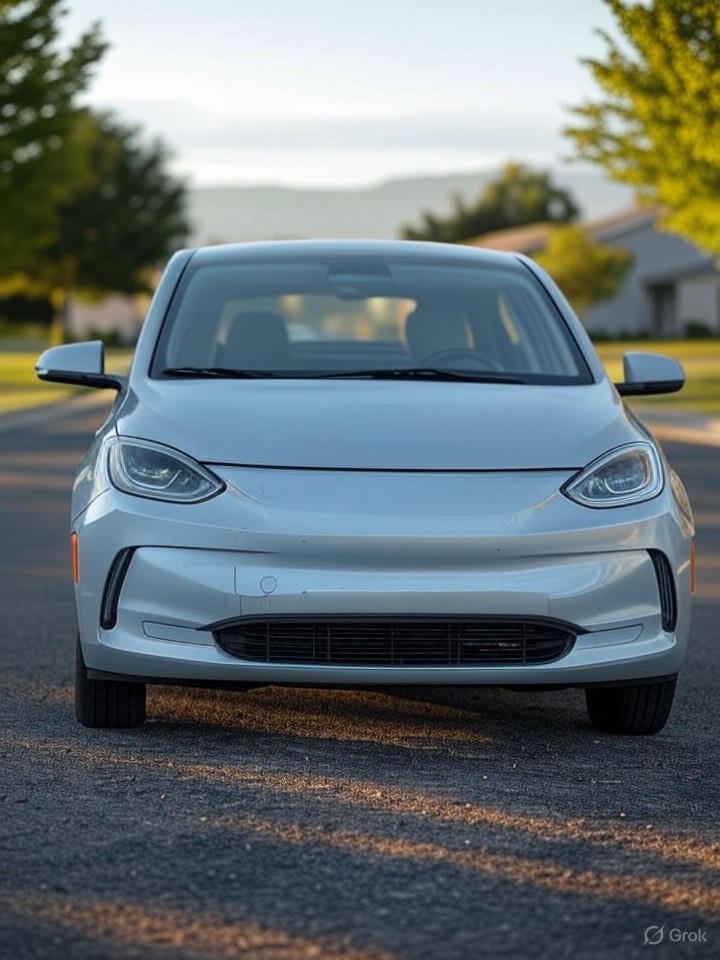Rush to Beat the Deadline
Electric vehicle sales in the U.S. are experiencing an unprecedented surge as consumers scramble to take advantage of the federal $7,500 tax credit before its impending elimination. According to a recent report from CNBC, buyers are “rushing out” to dealerships ahead of the September 30, 2025, deadline set by President Trump’s administration. This policy shift, part of broader tax reforms, aims to phase out incentives that have bolstered EV adoption since the Biden era. Analysts note that July sales figures hit over 130,000 units, marking the second-highest monthly total ever and a 26% increase from June, driven largely by models like the Chevy Equinox EV and Hyundai IONIQ 5.
The policy originates from Trump’s transition team’s early plans, as detailed in a Reuters exclusive last November, which outlined intentions to kill the credit amid tax-reform legislation. This move has accelerated with congressional action, including a Senate revision in June that advanced the expiration from December to September, per posts found on X highlighting the bill’s details.
Policy Shifts and Market Reactions
Industry experts predict a short-term boom followed by a potential dip. Bloomberg’s analysis in a July article suggests that while sales will “dip below forecasts,” they won’t bottom out entirely, thanks to new models and state-level incentives. For instance, General Motors reported a 111% rise in EV sales, as covered by Fortune, attributing the spike to the looming deadline. This rush mirrors historical patterns where policy changes spur temporary demand spikes, but long-term growth could hinge on automakers’ adaptability.
Conversely, critics argue the elimination favors traditional combustion engines, potentially ceding ground to Chinese manufacturers. A USA Today piece warns that Trump’s “big, beautiful bill” might accelerate Chinese dominance in the global EV market, as U.S. incentives wane while competitors ramp up affordable offerings.
Broader Implications for Automakers
Carmakers are responding with aggressive promotions, offering average incentives of $9,800, according to sentiment echoed in recent X posts tracking market trends. The New York Times has explored how Trump’s actions, including executive orders detailed in a January NPR collaboration, chart a new course that slows but doesn’t halt EV progress. Automakers like Tesla, which benefited from point-of-sale credits as reminded in older X discussions from 2023, now face a 5% potential sales headwind in 2025, per analyst estimates shared on the platform.
Despite the federal rollback, states and dealers are stepping in with rebates, cushioning the blow. BloombergNEF’s June forecast, referenced in an Axios report, downgraded EV market share projections to 27% by 2030, down from 48%, underscoring the policy’s dampening effect.
Future Outlook Amid Uncertainty
Looking ahead, the EV sector’s resilience will depend on innovation and global competition. The Economic Times of India, in a recent ETAuto article, notes that while U.S. sales may decline post-deadline, manufacturers could adapt by focusing on hybrids, which are projected to reach 15% market share alongside 10% for pure EVs, as per X forecasts from industry insiders.
Trump’s broader agenda, including relaxed fuel-efficiency standards mentioned in a December 2024 X post by Unusual Whales, signals a pivot toward fossil fuels. Yet, as the New York Times argued in an August piece, carmakers must continue investing in EVs to meet international demands, ensuring the sector’s evolution despite domestic hurdles.
Navigating the Transition
For industry insiders, this moment represents a pivotal test of strategic agility. Dealers report inventory pressures from the buying frenzy, with some models selling out rapidly, as highlighted in real-time X updates from market trackers like Stock Gauge. The policy’s full impact will unfold post-September, but early indicators suggest a bifurcated market: short-term gains for EVs, followed by a recalibration toward diversified powertrains.
Ultimately, while the tax credit’s demise marks a setback, it may spur innovation in cost reduction and alternative incentives, positioning the U.S. auto industry for a more self-reliant future in electric mobility.




 WebProNews is an iEntry Publication
WebProNews is an iEntry Publication